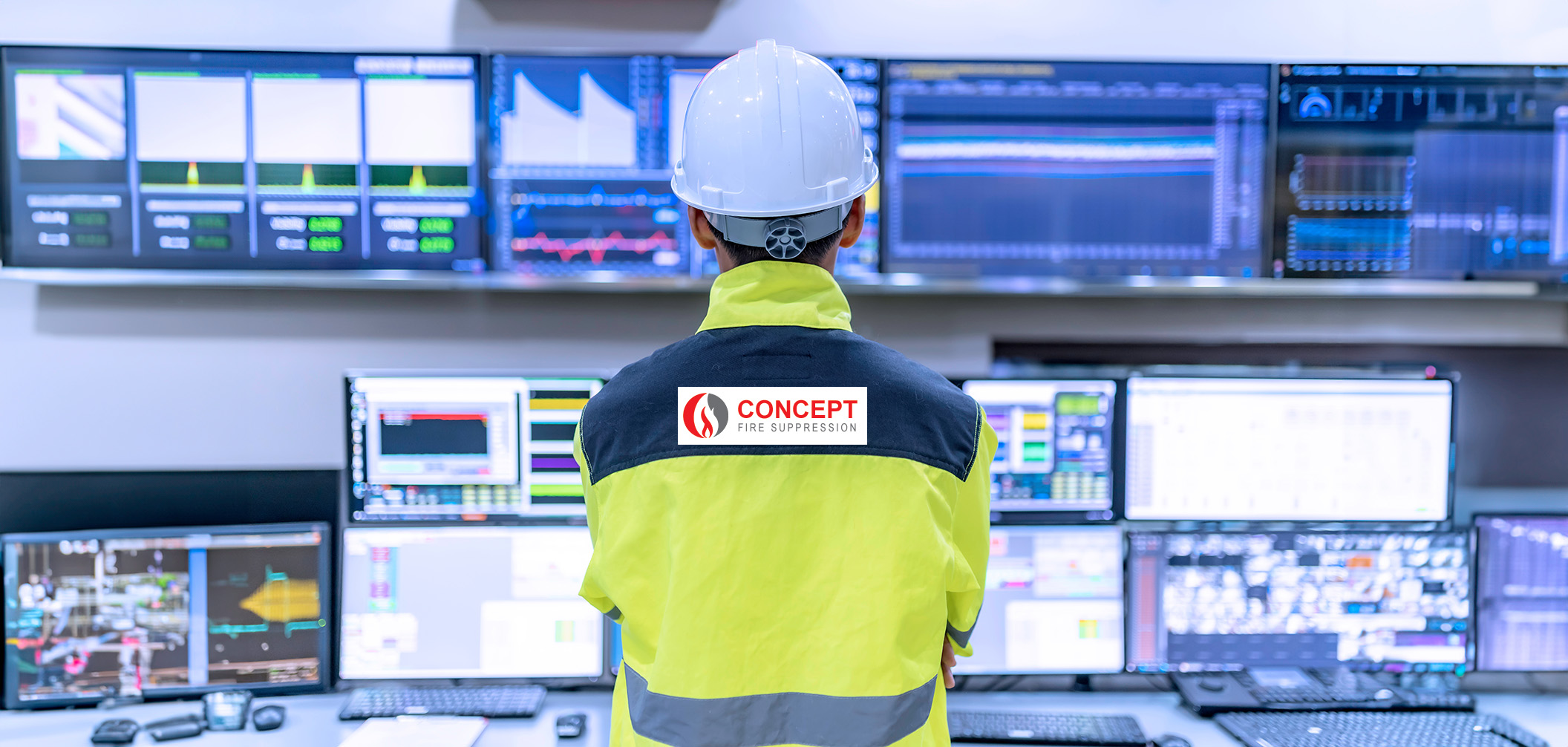18. Training and Education: Empowering Users for Effective Response
Proper training and education are essential for empowering users to respond effectively in the event of a fire emergency. By equipping individuals with the knowledge and skills necessary to handle fire incidents, training programs enhance safety awareness, improve response times, and contribute to the overall effectiveness of fire suppression systems. Let’s explore the importance of training and education in fire safety and highlight key aspects of an effective training program:
1. Fire Safety Awareness:
Training programs should begin with a focus on fire safety awareness. Participants learn about the common causes of fires, potential hazards in their environment, and the importance of early detection and prompt response. Understanding the fundamentals of fire safety instills a sense of responsibility and encourages proactive measures to prevent fires.
2. Evacuation Procedures:
Participants should be educated on proper evacuation procedures specific to their facility. This includes identifying primary and alternative escape routes, understanding evacuation signals and alarms, and knowing how to assist others during an evacuation. Regular evacuation drills help reinforce these procedures and familiarise individuals with the actions to take in an emergency.
3. Fire Suppression System Familiarisation:
Training should cover the basic operation and functionality of the fire suppression system installed in the facility. Participants learn how to identify system components, locate manual activation controls, and understand the indicators and alarms associated with the system. This knowledge ensures that users can take appropriate actions to activate the system when necessary. All maintenance and service visits should include any training for users.
4. Response Strategies:
Effective training programs teach participants various response strategies to control and suppress fires. This includes understanding different types of fire extinguishers and their suitable applications, learning proper handling techniques, and practicing extinguishing small fires in a controlled setting. By learning how to respond swiftly and appropriately, individuals can mitigate the spread of fires and protect themselves and others.
5. Communication and Emergency Contacts:
Training should emphasise the importance of clear communication during a fire emergency. Participants learn how to report a fire, activate alarms, and provide accurate information to emergency services. Additionally, they should be aware of emergency contact numbers and protocols specific to their facility or organisation.
6. Regular Refreshers and Updates:
Fire safety training should be an ongoing process with regular refreshers and updates. This helps reinforce knowledge, address any changes in fire safety protocols, and introduce participants to new techniques or technologies. Training sessions should be scheduled periodically to ensure that individuals remain prepared and informed.
7. Collaboration with Fire Safety Professionals:
Collaborating with fire safety professionals, such as the fire service or fire suppression specialists, can enhance the effectiveness of training programs. These experts can provide valuable insights, conduct hands-on training exercises, and offer guidance on best practices for fire safety and response.
By investing in comprehensive fire safety training and education, individuals become empowered to respond effectively during a fire emergency. This not only enhances their personal safety but also contributes to the overall effectiveness of fire suppression systems, minimizing property damage and potential risks to life.
In the next section, we will explore the importance of regular system testing and maintenance, highlighting key practices to ensure the ongoing reliability and performance of fire suppression systems. Join us as we continue our journey through the world of fire suppression and its critical role in fire safety.
To go back and read again 17. Maintenance and Inspections: Keeping Fire Suppression Systems Reliable or to go forwards go to 19. Integrating Fire Suppression with Building Design: Best Practices you will have to wait until tomorrow.
If you have any queries please contact us now!







